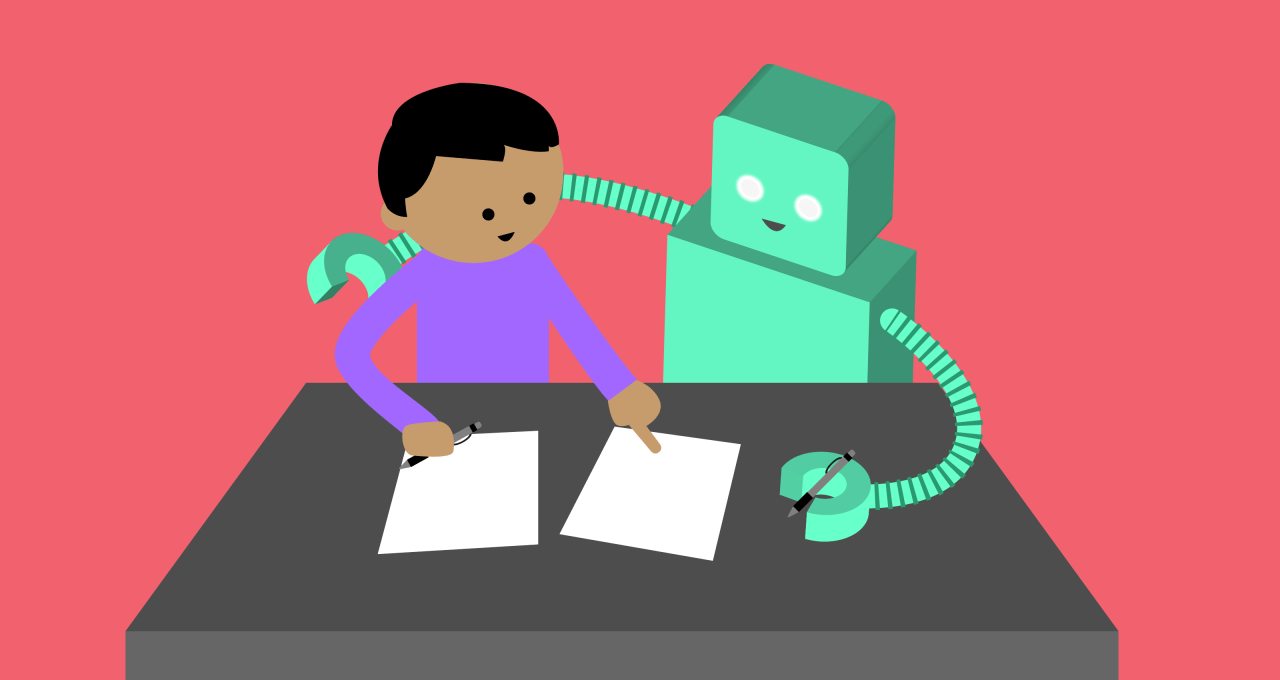The realm of artificial intelligence (AI) is progressing at lightning speed, influencing myriad sectors from healthcare to finance. As AI technologies become integral to innovation, questions surrounding their legal status emerge, particularly in patent law. The U.S. Patent and Trademark Office (USPTO) recently took a notable stance on this issue, clarifying that only human beings can be recognized as inventors in patent applications. This guidance elevates an essential conversation about the future of intellectual property rights amid advancements in AI capabilities. Let’s delve into the nuances of this guidance, its implications for inventors, and the broader context in which these discussions are occurring.
The Core of the Guidance
The USPTO’s recent guidance asserts that while AI can facilitate inventions, it cannot be recognized as an inventor themselves. This decision rests on legal interpretations of what it means to be an “individual” in patent terms. The emphasis is clear: patents aim to incentivize and reward human ingenuity, stipulating that at least one natural person must be named as an inventor for any patent application. This approach strives for clarity in a rapidly evolving technological landscape.
Understanding AI’s Role in Invention
The question of AI’s contribution to patented inventions can be a complex one. Under the USPTO’s framework, a person who uses AI merely to recognize a problem does not qualify as an inventor. Instead, significant contributions to the conception of an invention—like designing prompts that lead to specific outputs—are necessary to claim inventorship.
- Merely overseeing an AI system doesn’t deem a person an inventor.
- Creating prompts that elicit tailored responses from AI can qualify one for inventorship.
For instance, if a machine learning model is designed to generate various prototypes based on input parameters, a human inventor who carefully constructs these parameters to extract useful outcomes could be regarded as a legitimate inventor. However, simply affirming or appreciating the output does not meet the stipulated criteria. This elaboration not only adds to the patent eligibility debate but also shapes how innovators will interact with AI technologies moving forward.
Legal Precedents and Analogies
A striking analogy can be drawn to the “monkey selfie” case—the legal debate around whether a monkey could own copyright over a photograph it took. In the same way, the USPTO’s guidance emphasizes that rights cannot extend to entities that lack legal personhood, effectively confirming that AI remains a tool, not a creator. This legal framework asserts the primacy of human inventors even as AI increasingly participates in the invention process.
Implications for Future Innovations
This guidance has significant ramifications for inventors, researchers, and companies leveraging AI. As the lines between human and machine-generated innovation blur, understanding patent law’s application may guide how inventions are developed and protected. Aspects to consider include:
- The necessity of clearly defining contributions in patent applications involving AI.
- Potential modernizations to patent law as AI technologies evolve and become more integral to innovation.
- Keeping abreast of changes in legislation that could redefine intellectual property rights in relation to AI.
Moreover, the guidance leaves room for legal evolution. Should legislation change to recognize AI as an inventor, the USPTO would swiftly adapt its policies to reflect this. For now, innovators must navigate existing frameworks while contributing significantly to their AI-enhanced inventions.
Conclusion: Embracing Human Ingenuity in the Age of AI
The USPTO’s guidance underscores a fundamental truth: despite the transformative potential of AI, it is human ingenuity that remains at the center of patent law. As we continue to explore the exciting possibilities that AI brings to innovation, it is crucial for businesses and innovators to understand the legal landscape surrounding these developments. The discernment between collaboration with AI and individual inventiveness will shape the future of invention, ensuring that the rewards of intellectual property rights continue to honor human creativity.
At fxis.ai, we believe that such advancements are crucial for the future of AI, as they enable more comprehensive and effective solutions. Our team is continually exploring new methodologies to push the envelope in artificial intelligence, ensuring that our clients benefit from the latest technological innovations.
For more insights, updates, or to collaborate on AI development projects, stay connected with fxis.ai.

